Planetary Heat Pumps
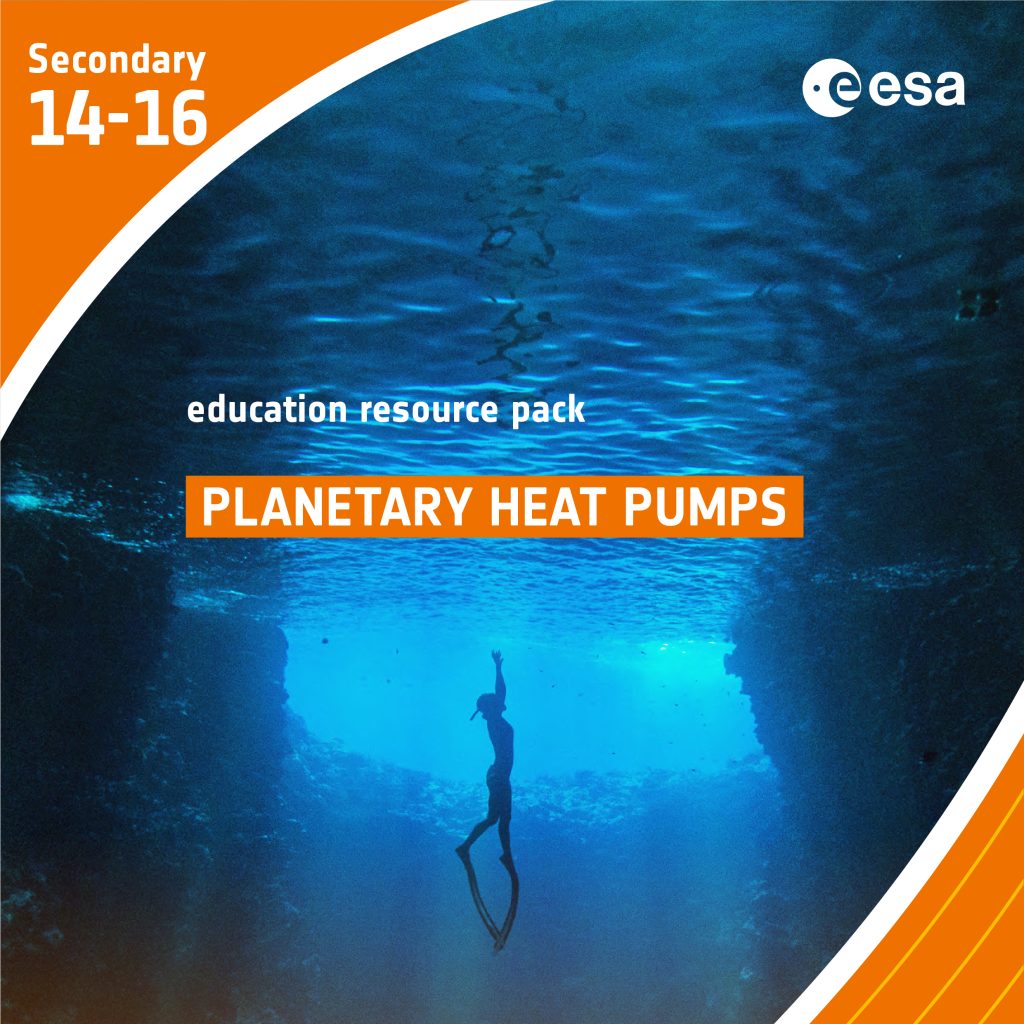
Brief description In this set of three activities, students will learn how ocean circulation has an impact on climate. In the introductory activity, they carry out calculations to compare the relative impact of global warming on the atmosphere and oceans. A practical activity using readily available equipment allows students to see how water of different […]
Biodiversity and Habitat Loss
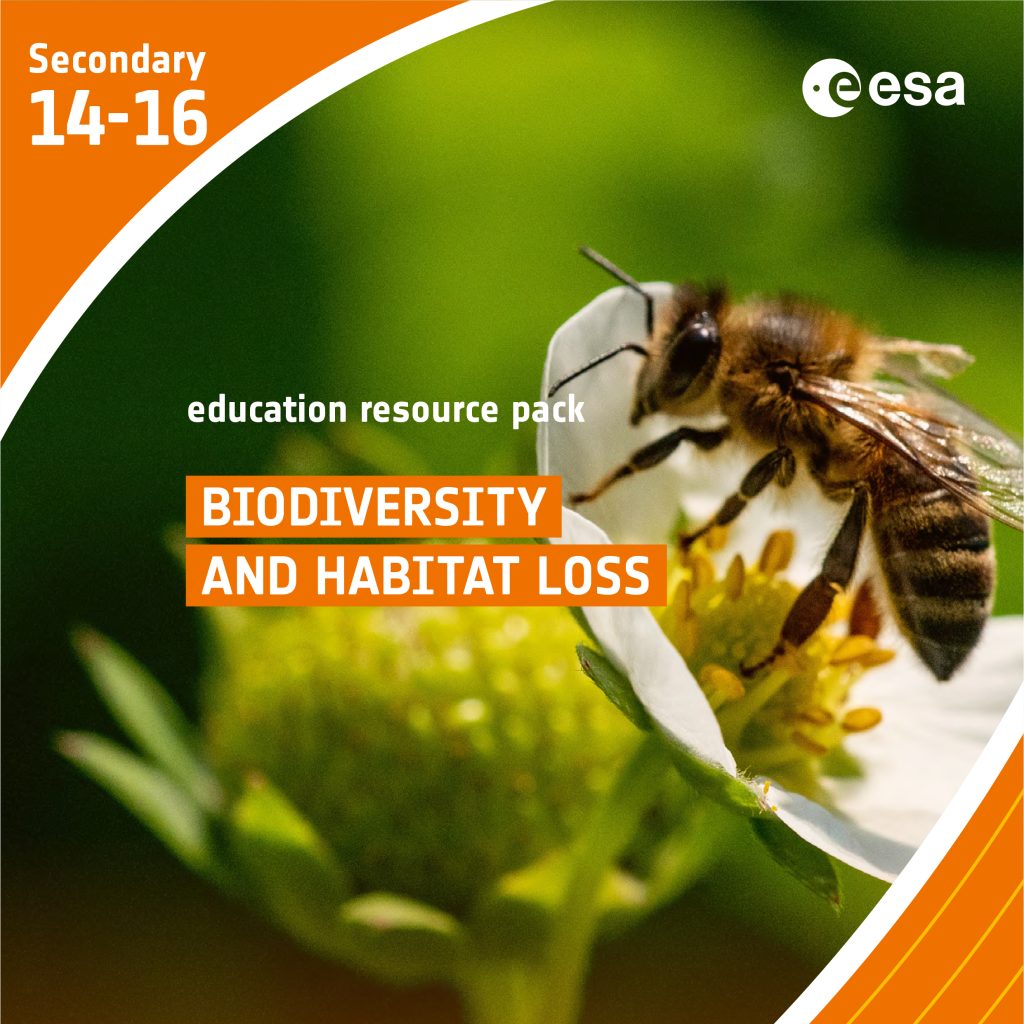
Brief description In this set of three activities, students will start with a reading assignment that introduces vocabulary and ideas that are key to considering the relationship between climate change and ecosystems. A field survey of a local area, which can be carried out using home-made equipment, is extended to include a measurement of biodiversity […]
Urban Hotspots
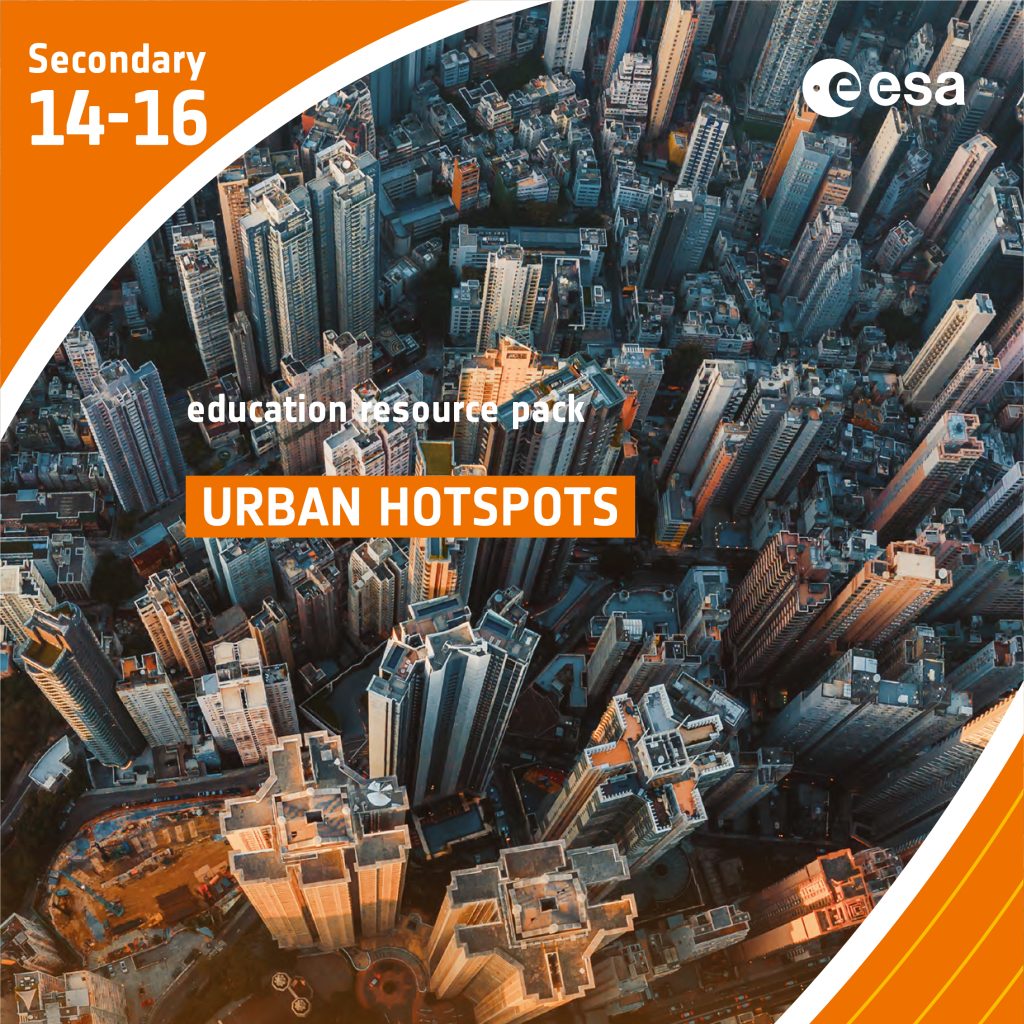
Brief description In this set of three activities, students will learn how the built environment leads to the urban heat island effect and how Earth observation can be used to monitor this effect and support attempts to reduce it. In the first activity, students explore visual temperature data for a city and use it to […]
Taking the Pulse of the Planet- Upper secondary
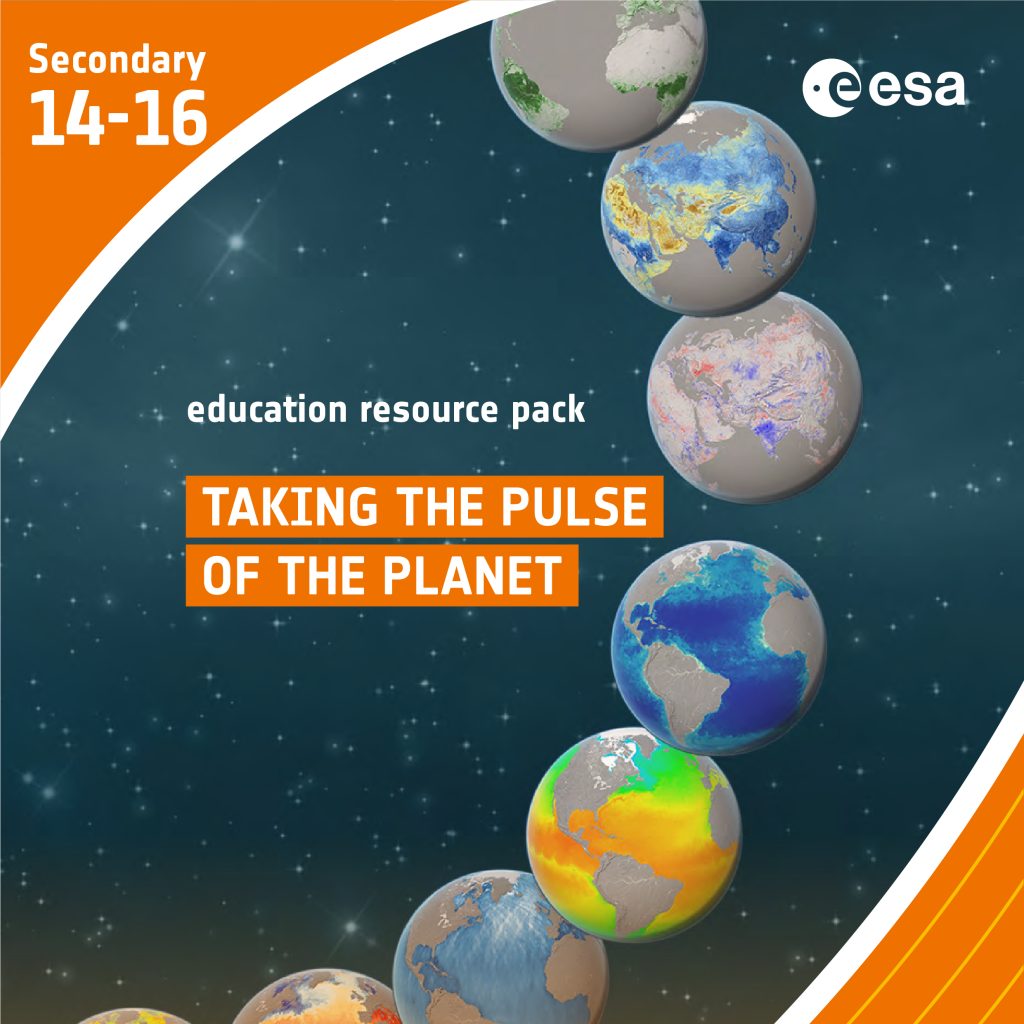
Brief description In this set of three activities, students will learn about how data is collected by sensors and how the orbit of a satellite affects the detail that can be obtained. A text-based activity introduces the concept of remote sensing and looks at how sensors and satellites in different orbits can be matched to […]
Taking the Pulse of the Planet
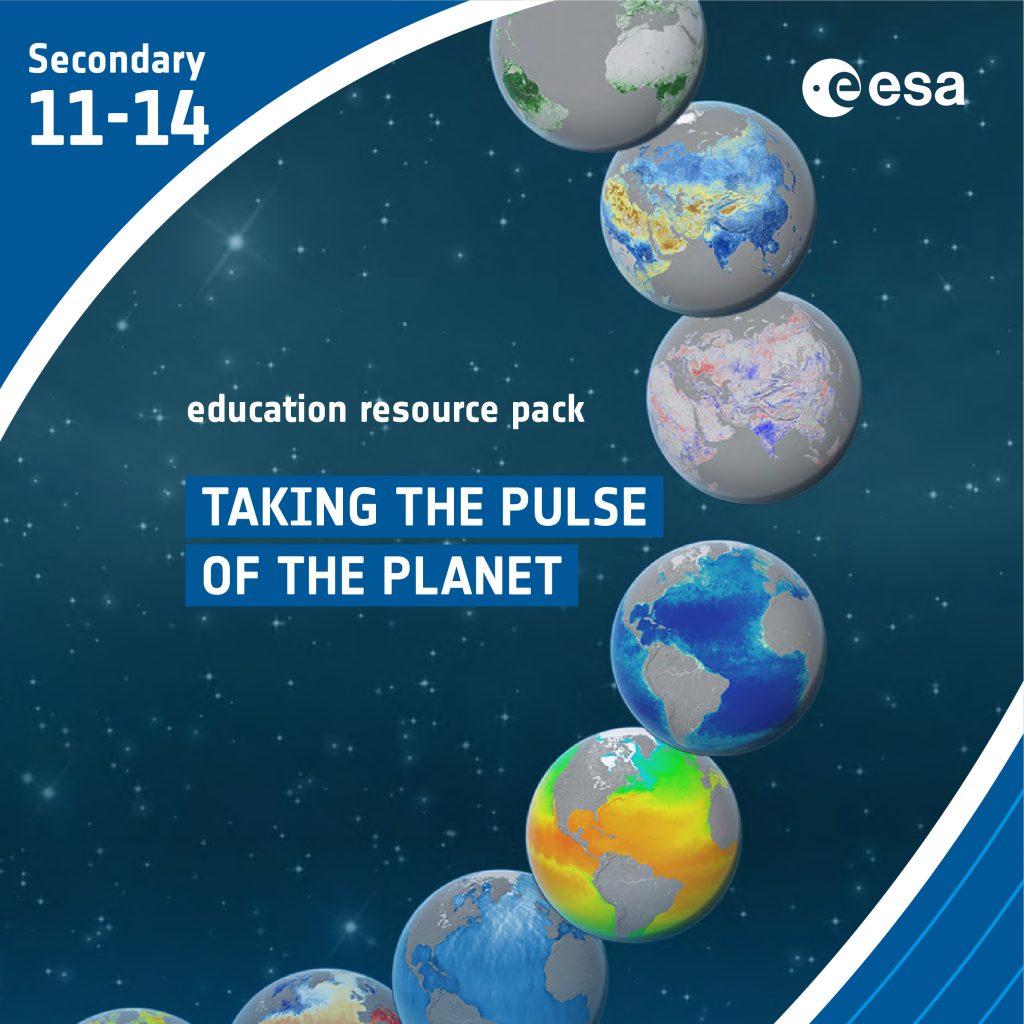
Brief description In this set of three activities, students will learn how various types of electromagnetic radiation are used to observe how our planet is changing. The first activity reviews the regions of the electromagnetic spectrum and outlines how they are used in Earth observation. In the second activity, students learn about false-colour images and […]
The Carbon Cycle
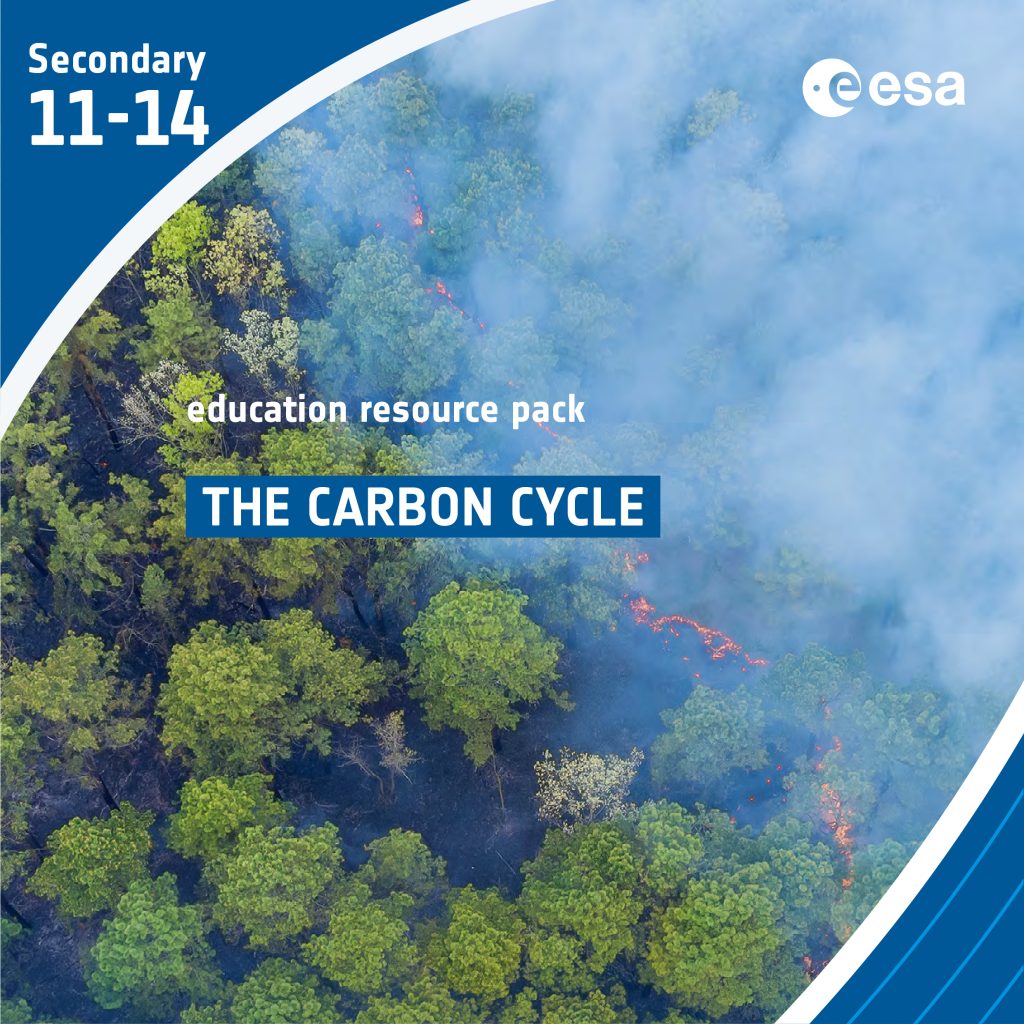
Brief description In this set of three activities, students will learn about the carbon cycle and use it to identify actions at the individual and community level to reduce the amount of carbon being emitted to the atmosphere. A practical activity using household materials considers the impact of ocean acidification, allowing students to design a […]
A Passage opens – Arctic sea ice and climate change

Brief description In this set of three activities, students will discover the important role Arctic sea ice plays in the Earth’s climate system. The activities are set in the context of the Northwest Passage. The first activity is a mathematical investigation into sea ice melt rate to illustrate what is meant by Arctic amplification. A […]
Country under Threat – The prospects for life on small islands

Brief description In this set of four activities pupils will learn about the causes and potential impacts of sea-level rise while developing core scientific skills. The activities introduce the context by using a case study and students will develop instructional writing skills. Practical activities exploring two of the main contributors to sea-level rise give opportunities […]
The Water Cycle
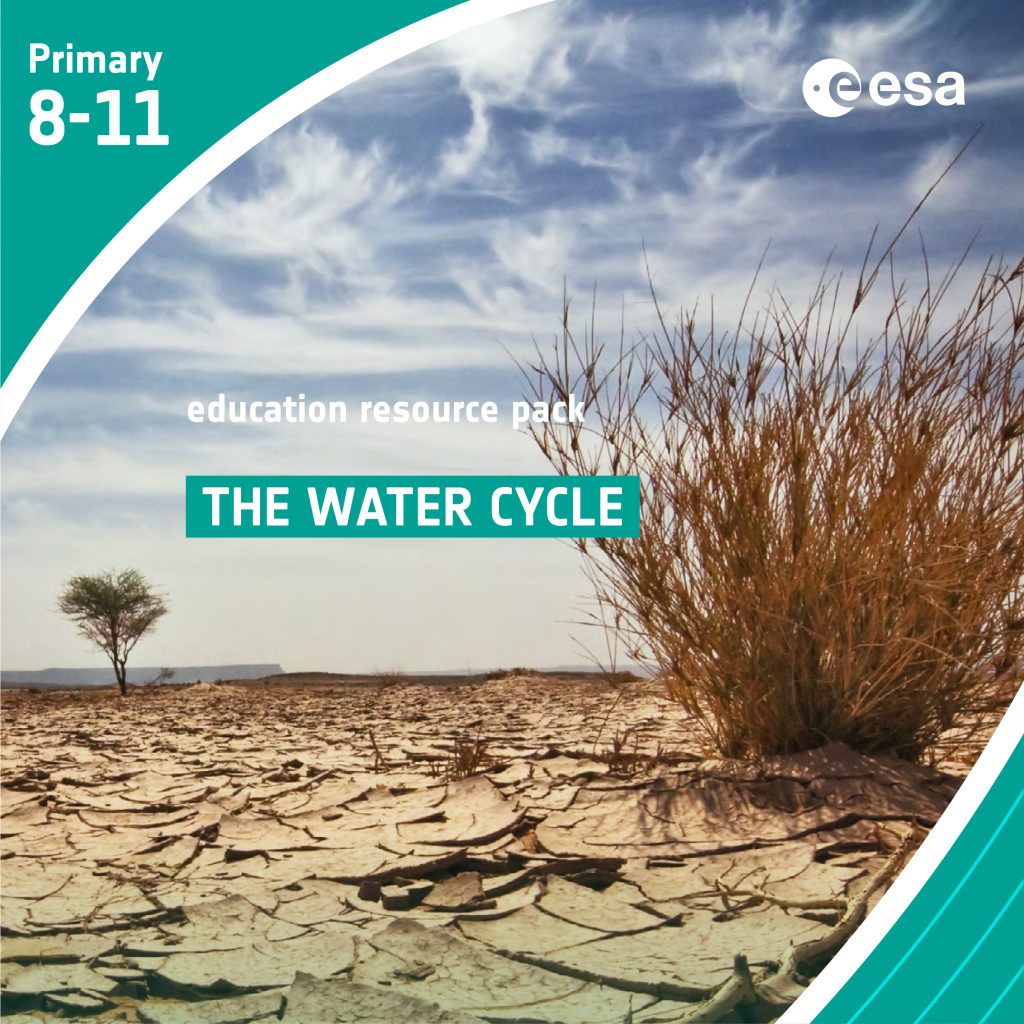
Brief description In this set of six activities, students will learn about the water cycle and, in particular, how water in the soil contributes to the cycle and responds to changes in it. A set of practical activities allow students to look more closely at the processes of evaporation and condensation from free water and […]
Is ozone good or bad? -The discovery of the Antarctic ozone hole
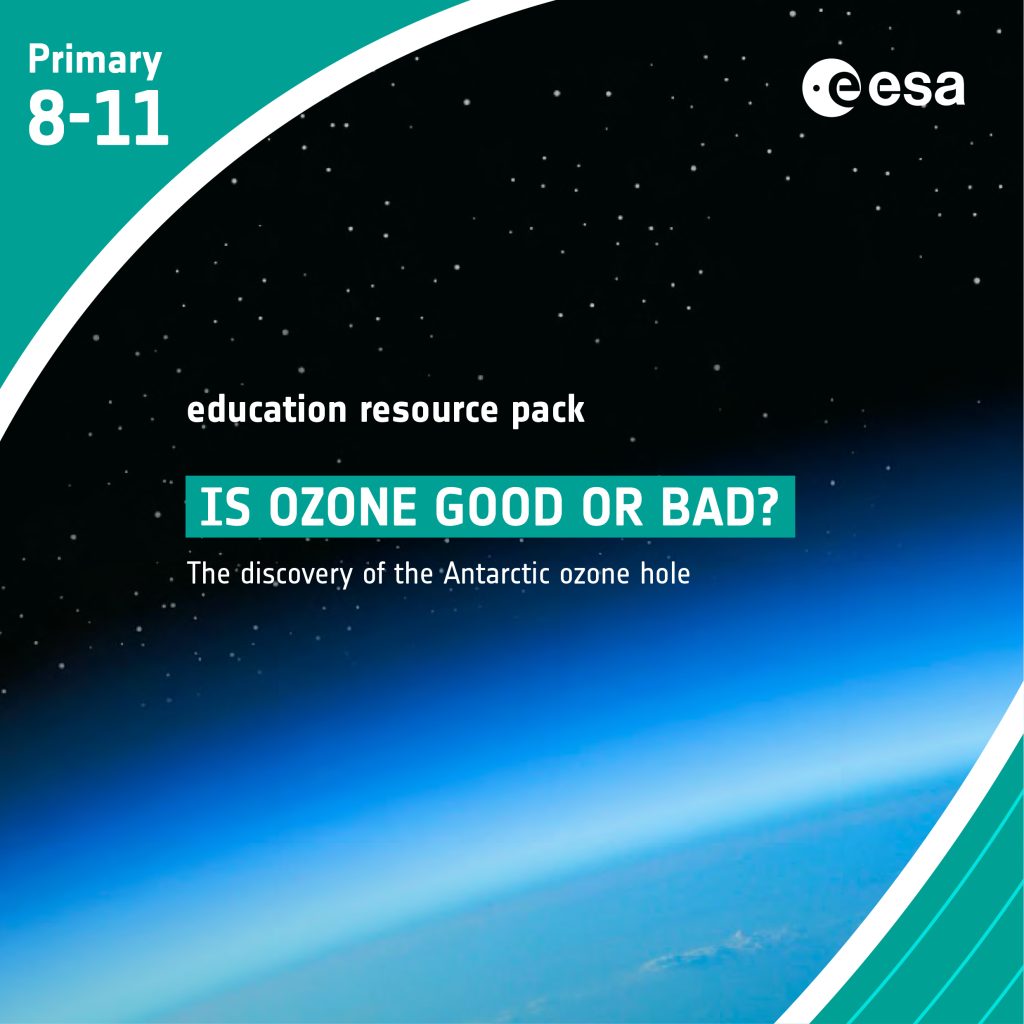
Brief description In this set of three activities, students will learn about ozone and the impacts – good and bad – it has on life on Earth. The first activity gives an overview of these effects, outlines how ozone is measured and introduces the story of the Antarctic ozone hole. There is a practical activity […]


